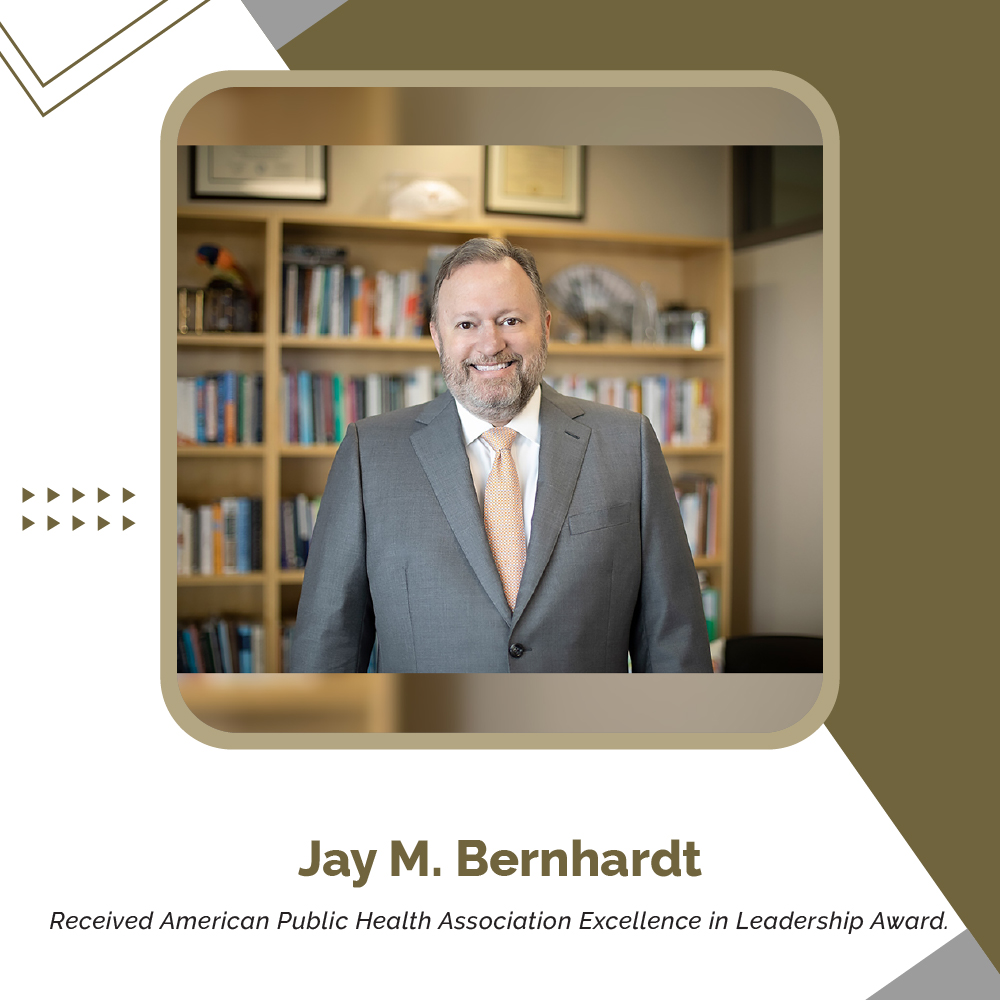
Social media has become pervasive in modern society, influencing various aspects of daily life, including school health communication. Integrating platforms such as Facebook, Twitter, Instagram, and TikTok into the educational environment presents opportunities and challenges. This article explores the impact of social media on health communication in schools, highlighting its benefits, potential risks, and strategies for effective use.
Benefits of Social Media in Health Communication
One of the primary benefits of social media in health communication is the ability to reach a broad audience quickly and efficiently. Schools can leverage these platforms to disseminate important health information to students, parents, and staff. For instance, during health emergencies like the COVID-19 pandemic, social media provided timely updates on safety protocols, vaccination information, and remote learning guidelines.
Social media also fosters engagement and interaction, allowing for a two-way communication channel between health educators and the school community. This interactive nature can enhance understanding and retention of health messages. For example, schools can use Instagram stories or Facebook live sessions to host Q&A sessions with health professionals, addressing concerns and debunking myths in real time.
Enhancing Health Education and Awareness
Social media platforms offer creative and engaging ways to promote health education. Schools can use these channels to share educational content, such as infographics, videos, and articles on various health topics. Campaigns focused on mental health awareness, healthy eating, physical activity, and substance abuse prevention can be effectively amplified through social media, reaching students who might not engage with traditional health education methods.
Moreover, peer influence on social media can be harnessed to promote positive health behaviors. When students see their peers participating in healthy activities or advocating for mental health, they are likelier to adopt similar behaviors. This peer-led approach can be particularly effective in addressing bullying, where student-driven campaigns can create a supportive and inclusive school environment.
Challenges and Risks of Social Media in Health Communication
Despite its benefits, using social media in school health communication is challenging. One significant concern is the potential spread of misinformation. False or misleading health information can increase rapidly on social media, leading to confusion and potentially harmful behaviors. Schools must monitor and counter misinformation by providing accurate and evidence-based information from trusted sources.
Another risk is the impact of social media on students’ mental health. While these platforms can be used to promote mental well-being, excessive use or exposure to negative content can contribute to anxiety, depression, and other mental health issues. Cyberbullying is a particular concern, as it can have severe and lasting effects on students’ mental health and academic performance. Schools need to implement comprehensive strategies to address cyberbullying and support affected students.
Strategies for Effective Use of Social Media
Schools should develop and implement a clear social media strategy to maximize the benefits and mitigate the risks of social media in health communication. This strategy should include guidelines for appropriate use, content creation, and engagement with the school community. Here are some key components of an effective social media strategy for health communication:
- Establish Clear Objectives: Define the goals of using social media for health communication. Objectives include increasing awareness of health issues, promoting healthy behaviors, or providing timely health updates.
- Identify Target Audiences: Understand the demographics and preferences of the school community to tailor content effectively. Different platforms may be more suitable for various audiences (e.g., Instagram for students, Facebook for parents).
- Create Engaging Content: To keep the audience engaged, use a variety of content formats, such as videos, infographics, and interactive posts. Ensure the content is informative, visually appealing, and easy to understand.
- Promote Credible Sources: Share information from reputable health organizations and professionals to ensure accuracy and build trust with the audience. Collaborate with local health departments and experts for credible content.
- Monitor and Respond: Regularly monitor social media channels for comments, questions, and potential misinformation. Respond promptly and appropriately to engage the audience and address concerns.
- Educate and Empower: Provide training and resources for students, parents, and staff on safe and responsible social media use. Empower them to identify and report misinformation and cyberbullying.
Social media has transformed school health communication, offering new opportunities to engage with the school community and promote health education. However, it also presents challenges that require careful management and strategic planning. By leveraging social media’s benefits while addressing its risks, schools can enhance their health communication efforts and foster a healthier, more informed community.
Incorporating social media into health communication strategies is a trend and a necessity in the digital age. With the right approach, schools can use these powerful tools to improve health outcomes and support the well-being of their students and staff.